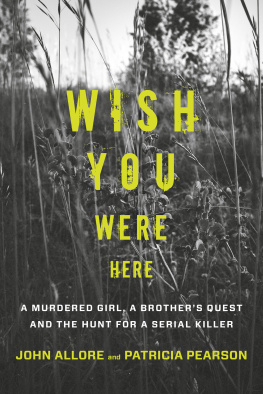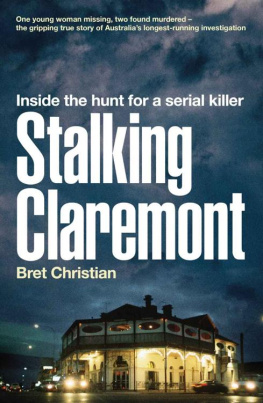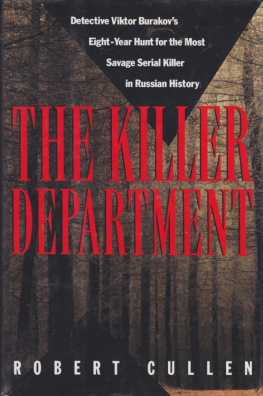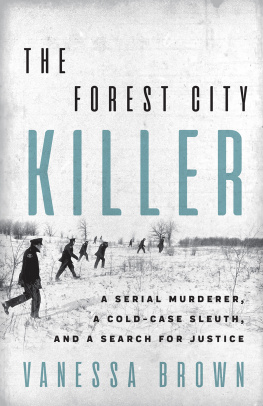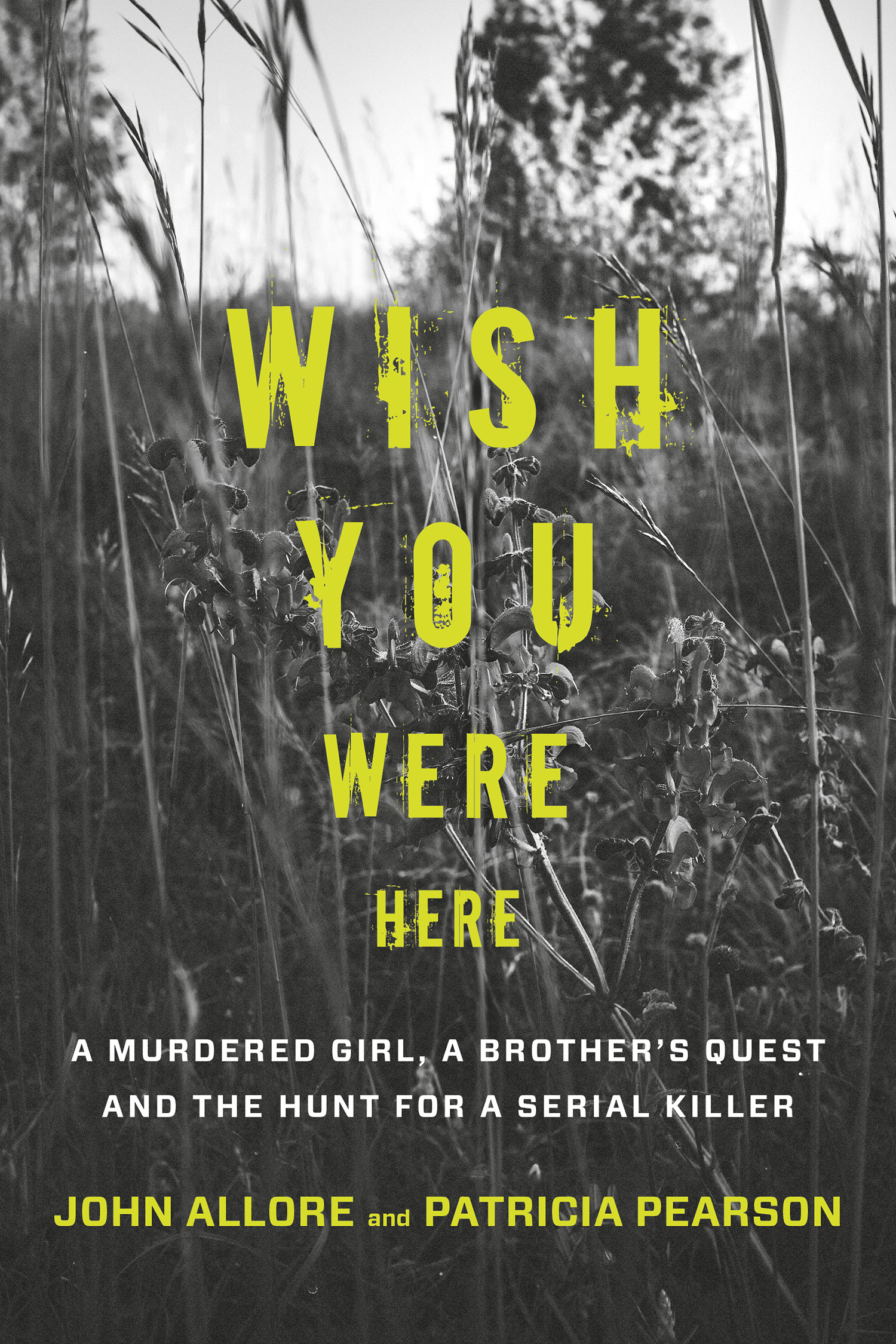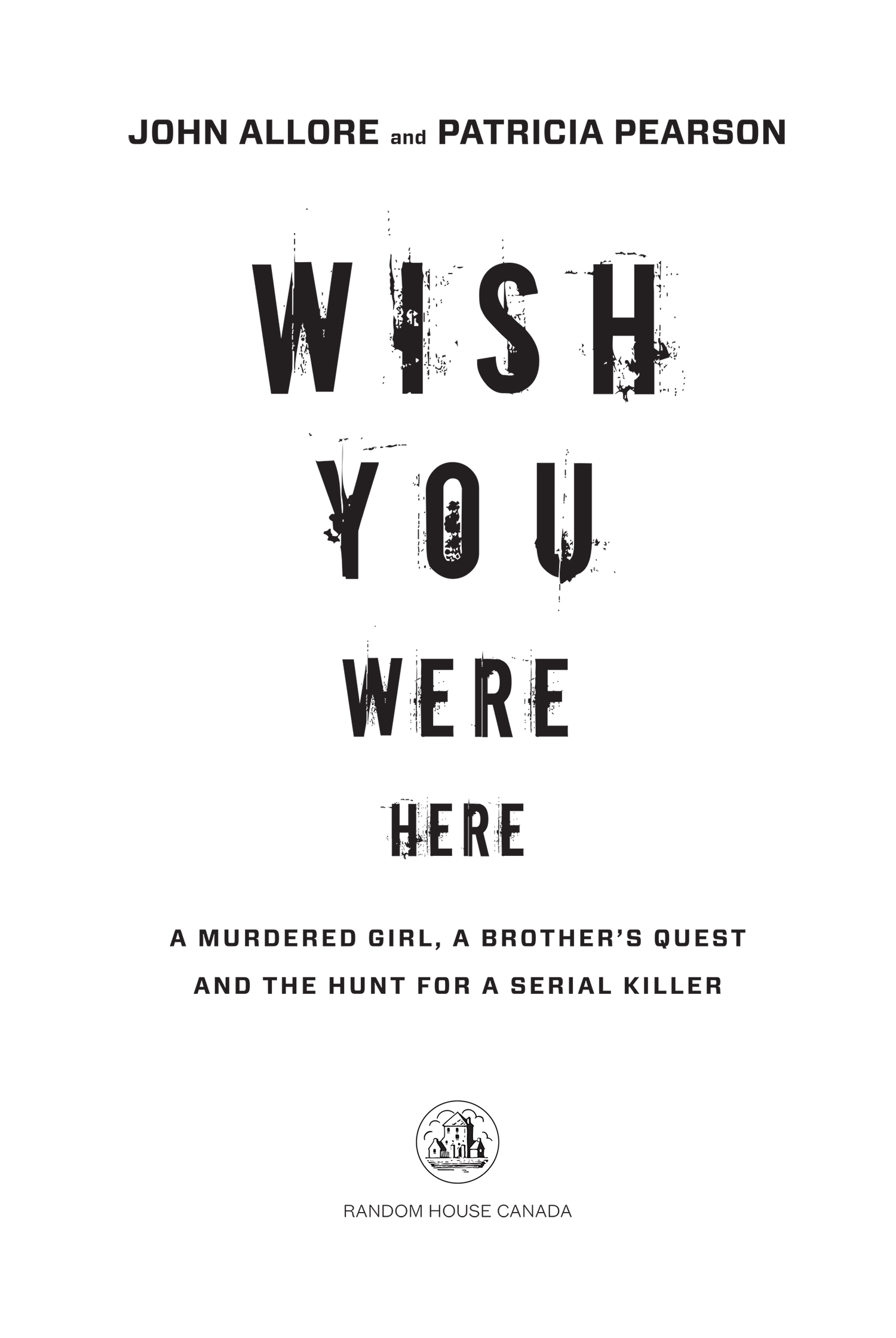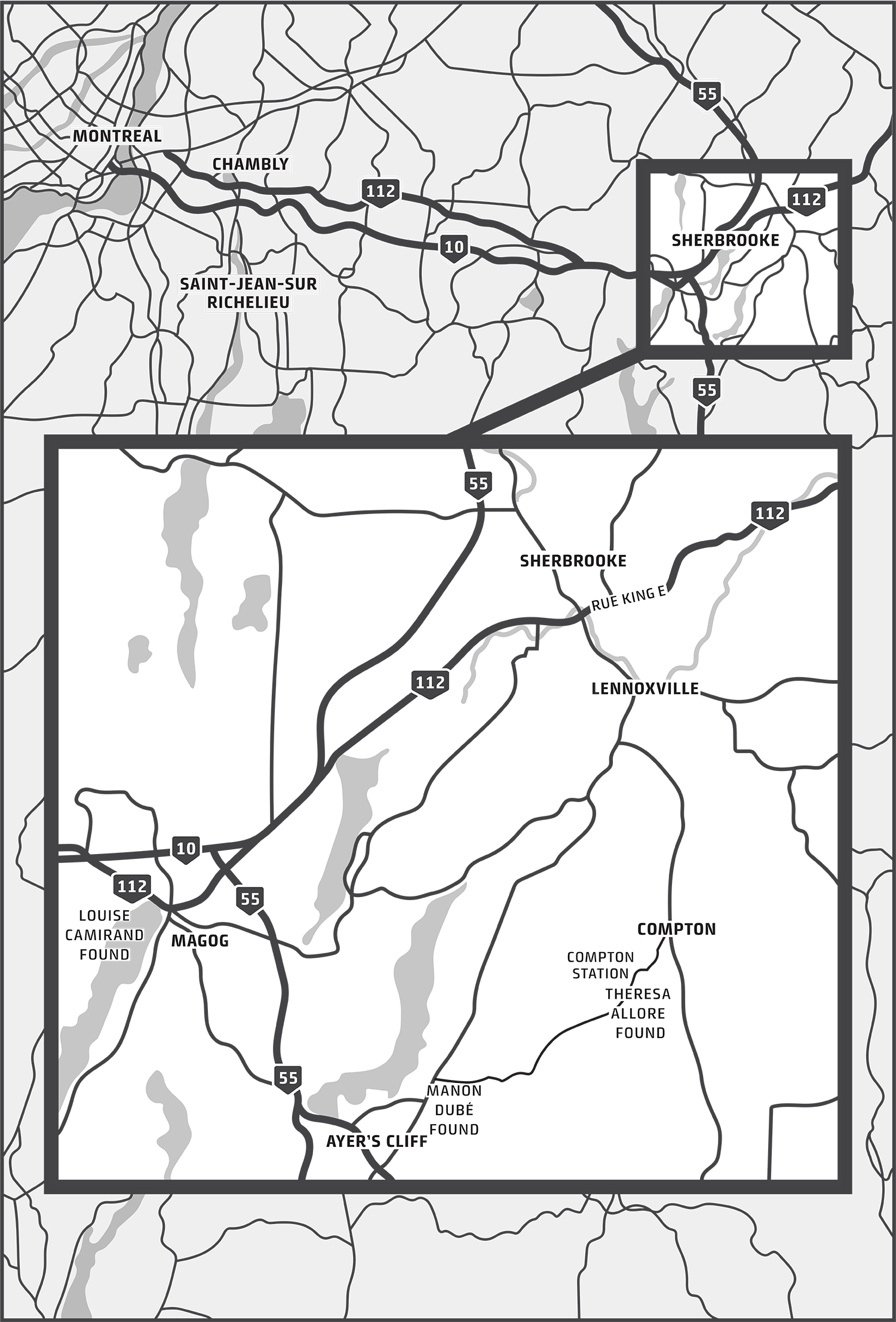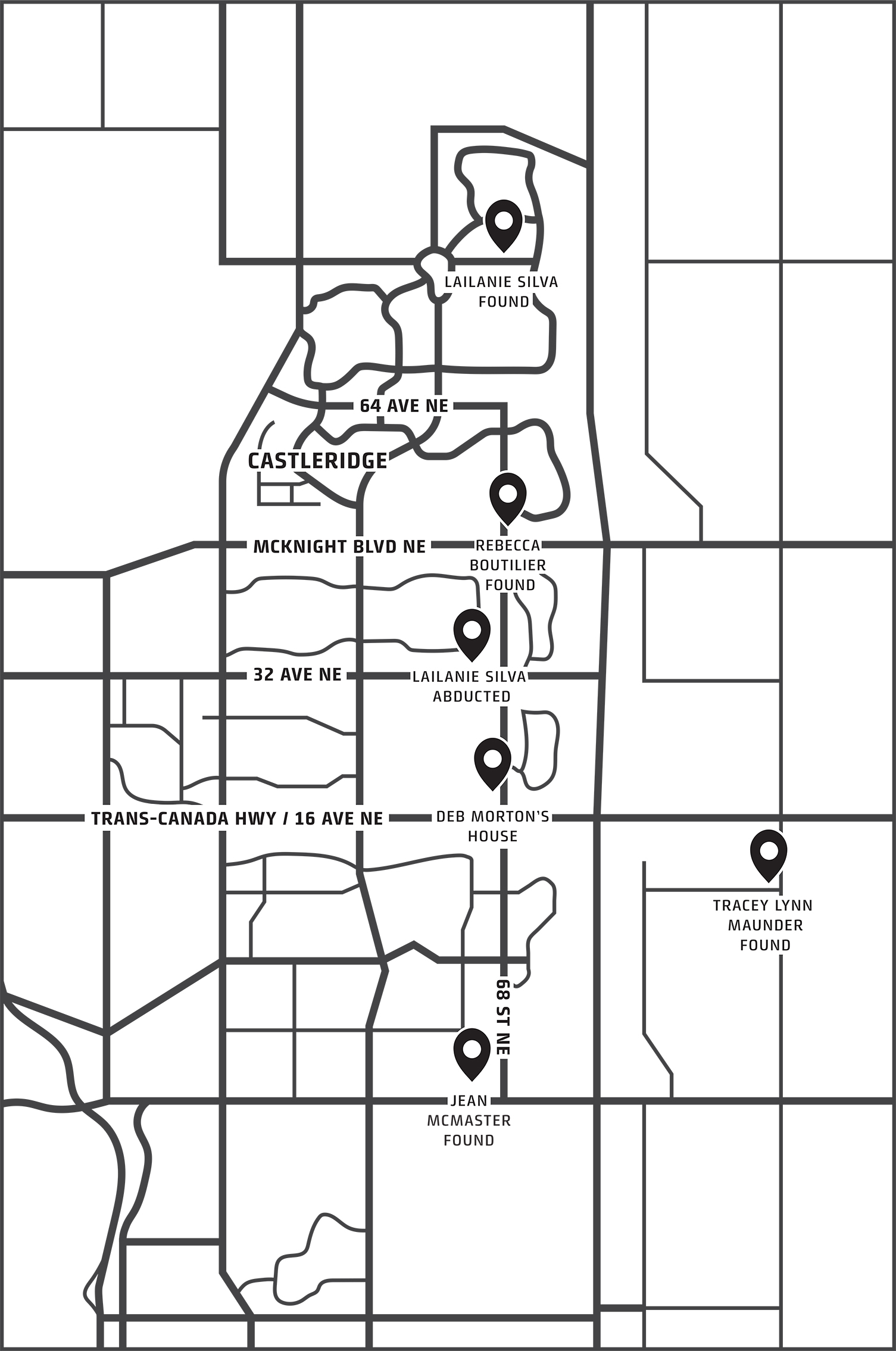Contents
Landmarks
Print Page List
PUBLISHED BY RANDOM HOUSE CANADA
Copyright 2020 John Allore and Patricia Pearson
All rights reserved under International and Pan-American Copyright Conventions. No part of this book may be reproduced in any form or by any electronic or mechanical means, including information storage and retrieval systems, without permission in writing from the publisher, except by a reviewer, who may quote brief passages in a review. Published in 2020 by Random House Canada, a division of Penguin Random House Canada Limited, Toronto. Distributed in Canada by Penguin Random House Canada Limited, Toronto.
www.penguinrandomhouse.ca
Random House Canada and colophon are registered trademarks.
Library and Archives Canada Cataloguing in Publication
Title: Wish you were here : a murdered girl, a brothers quest and the hunt for a serial killer / John Allore and Patricia Pearson.
Names: Allore, John, author. | Pearson, Patricia, 1964 author.
Identifiers: Canadiana (print) 20200219715 | Canadiana (ebook) 20200219723 | ISBN 9780735277168 (softcover) | ISBN 9780735277175 (EPUB)
Subjects: LCSH: Allore, John. | LCSH: Allore, Theresa. | LCSH: MurderQubec (Province)Compton. | LCSH: MurderInvestigationQubec (Province)Compton. | LCSH: Serial murdersQubec (Province)
Classification: LCC HV6535.C33 C66 2020 | DDC 364.152/30971467dc23
Ebook ISBN9780735277175
Text design by Talia Abramson
Cover design by Lisa Jager
Image credits: (field) Peter Oslanec, Unsplash; maps by Talia Abramson
a_prh_5.6.0_c0_r0
For those who ask why
SHERBROOKE, QUEBEC, AND AREA (1978)
NORTHEAST CALGARY, ALBERTA
CONTENTS
PROLOGUE
Confusion now hath made his masterpiece
William Shakespeare, Macbeth
TEN OCLOCK IN THE MORNING OF FRIDAY, APRIL 13, 1979.
For the many Catholic residents of Quebec, it is Good Friday, a day to ritually lament the death of the Messiah. Sorrow then yields to joy: Easter is coming, and so is the hesitant spring. Water trickles through lacy matrixes of ice. Mud squelches beneath boots. Plump red robins alight in the branches of maple and oak trees. In the southern reaches of the province, above the Vermont border, a thirty-year-old man named Robert Ride goes about his annual spring routine of setting and baiting muskrat traps before joining his family for lunch.
The furry rodents are abundant in marshy areas, fond of still or slow-moving water. Ride has been at it all morning, tucking small wire traps into the banks of the gentle Massawippi and Coaticook Rivers as winter softens its grip on their soils. In his pickup truck, he travels south from the town of Waterville to the village of Compton Station, which consists of little more than a grain elevator. From there, he heads east on chemin de la Station to the floor of the Coaticook Valley and pulls over near the entrance to a farm. In the summer and fall, the muskrats here nibble on the cornstalks adjacent to the shores of the Coaticook River, then burrow into its silted banks. Ride sets more traps and continues another fifty metres down the road, slowing his truck just before a small service bridge. Another good spot. There is a pond formed by the spring runoff draining from the fields. The rains have fallen hard this April.
Ride climbs over the guardrail and slide-walks down the steep embankment. He doesnt carry supplies. He has trapped here before, and leaves a stash of materials in the underbrush next to the pond. He walks a short distance from the road toward a large oak tree. To his left is the cornfield, with the farmhouse off in the distance. To his right are the edges of the pond, with the village of Compton thataway eastward a kilometre or so. Ride retrieves the cord of wire he uses for trapping from the base of the oak tree. He can see tiny paw prints in the mud. He begins to set traps. About thirty metres back from the road, Ride stops. A tree branch has broken off during a winter storm and collapsed down the bank. Trying to figure out a way around the large limb, Ride glances to the right and sees something in the water, tangled amongst the fallen branches. It is a mannequin, lying face down. The skin is grey. The hair is matted. It is clothed only in a bra and underwear. He is confounded. Right some Jesus queer! Who would toss a department-store mannequin into a cornfield in the middle of nowhere? Some pranking kids?
Leaning closer, he grapples with a more astonishing discovery. He is looking at a person. A dead woman. A woman died here and wasnt buried. She lies here in perfect stillness, without warm clothes on, accompanied by frost and muskrats and rain.
For thirty years, Robert Ride would be so disturbed by this wrongness, this sense of defilement against all that is sacred, that he believed the police would blame him, that by merely witnessing her here, it wasor should besomehow his fault.
By noon, the pond had become a crime scene. Detectives Roch Gaudreault and Guy Lessard of the Sret du Qubec, Eastern Townships division, stumped through the mud and cornstalks accompanied by Coroner Michel Durand and a mobile forensics unit. SQ Agent Normand Grgoire took photographs and drew a map: the bridge was precisely 17.8 metres long and 8.6 metres wide. Halfway between the bridge and the farm entrance, he sketched a tractor entrance that allowed access to the cornfield. The body lay exactly 34 metres back from the bridge, and 38 metres from the tractor entrance, on a straight trajectory. She had walked or been dragged from the road. Detectives broke into teams to search the field. They came across a green garbage bag, in which they found womens clothing, including a pink sweater. In the cornfield, they found two torn pieces of a knee-length green scarf. One piece lay 15.3 metres from the tractor entrance. The other lay 16.4 metres farther away, and 25.3 metres from the body.
A tractor entrance, a dropped scarf, a second scattered piece of scarf, and all of it along the same curving trajectory towards a body lying face-down in ten inches of spring runoff. There was a watch on her left wrist and a ring on her left forefinger. She wore earrings. There were, Coroner Durand observed and wrote down, what appeared to be marks of strangulation around her neck.
The coroner noted additional bruise marks under both armpits, suggesting that she had still been alive, if unconscious or dying, when she was dragged through the field. It was, he estimated, the body of a girl between seventeen and eighteen, about five foot five and weighing around 120 pounds. These details roughly corresponded with the age, height and weight of Theresa Allore, who had gone missing from her college residence in Compton on November 3, 1978. That would need to be confirmed.

